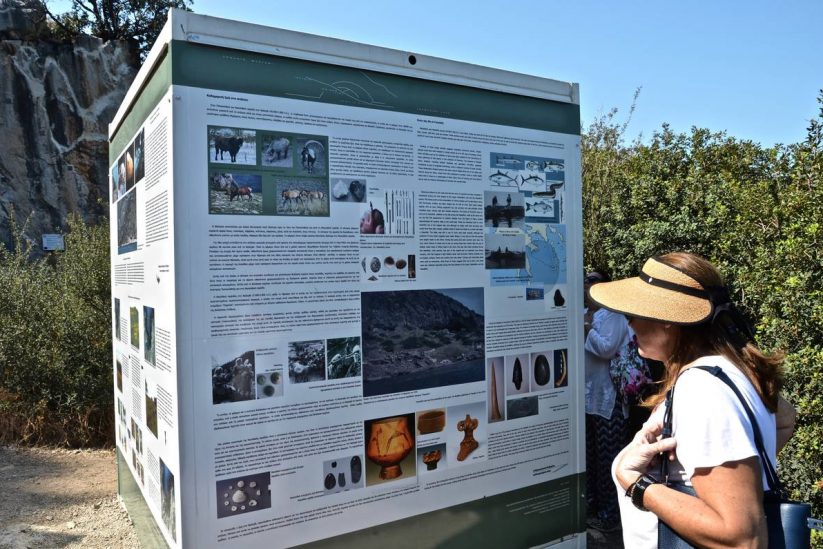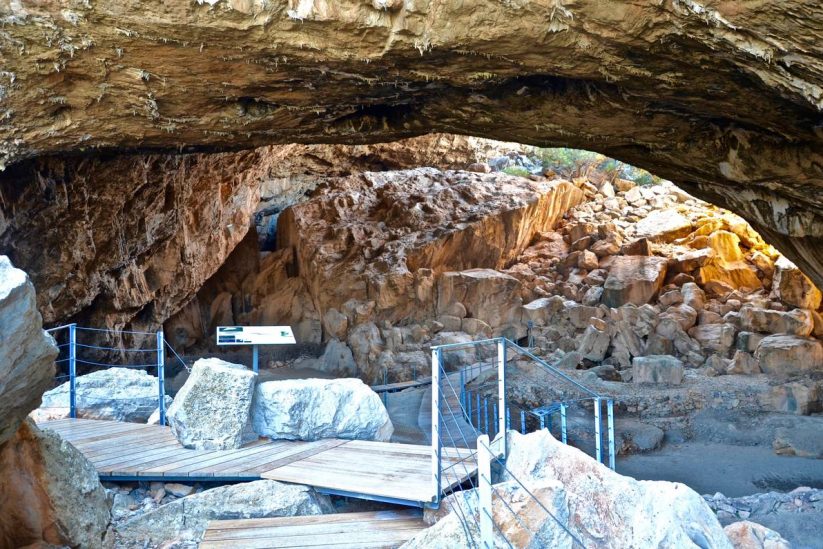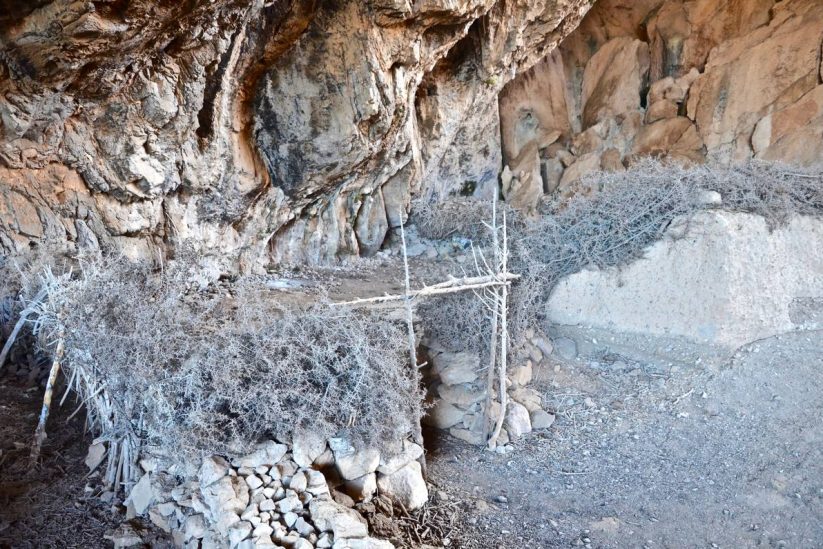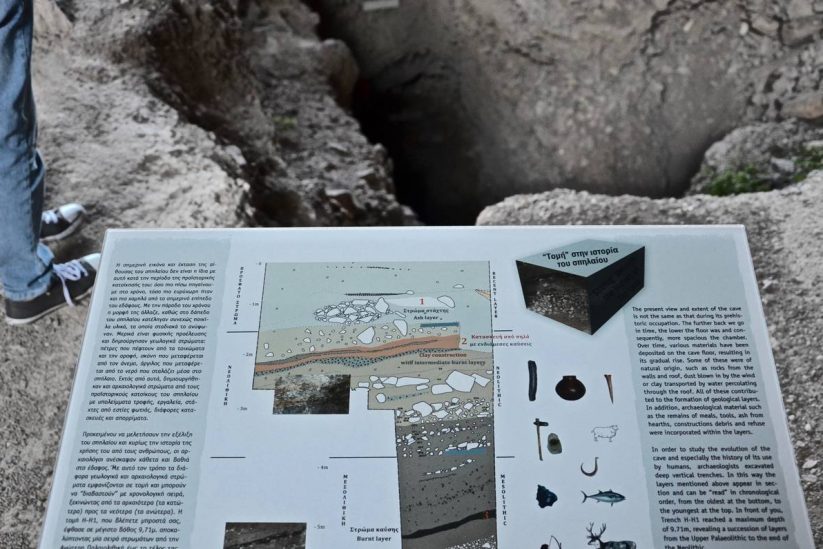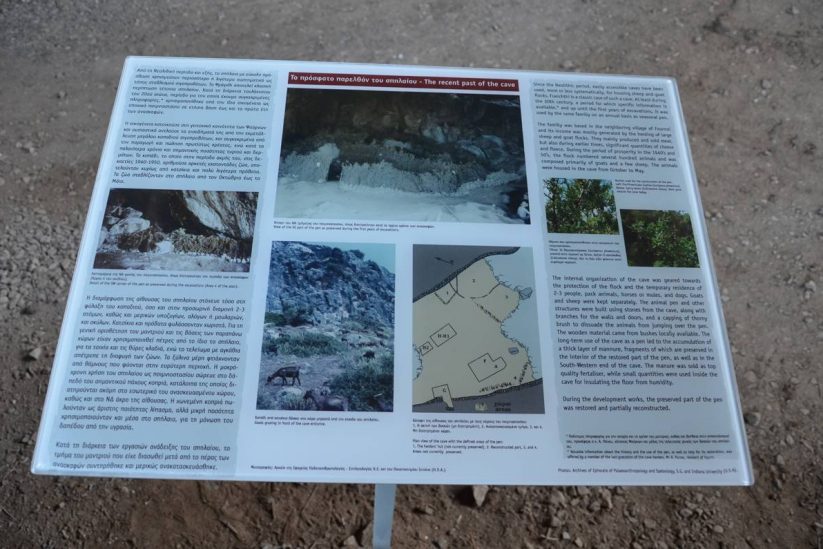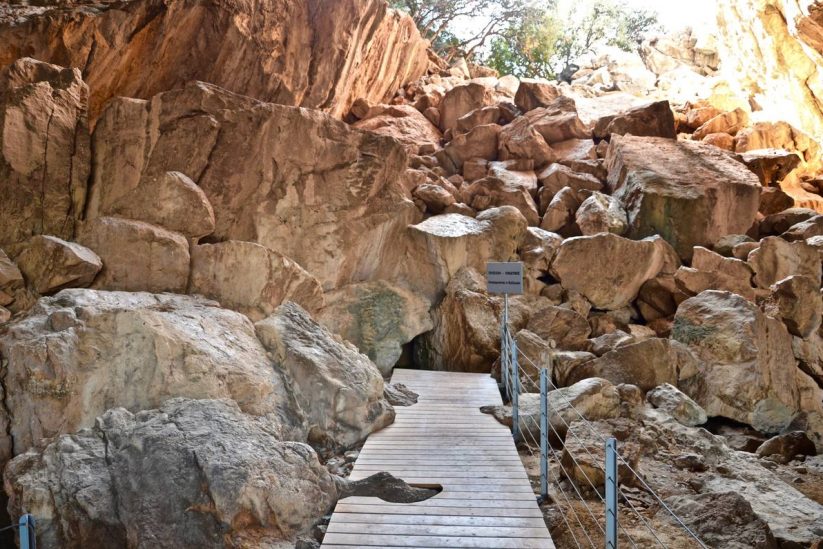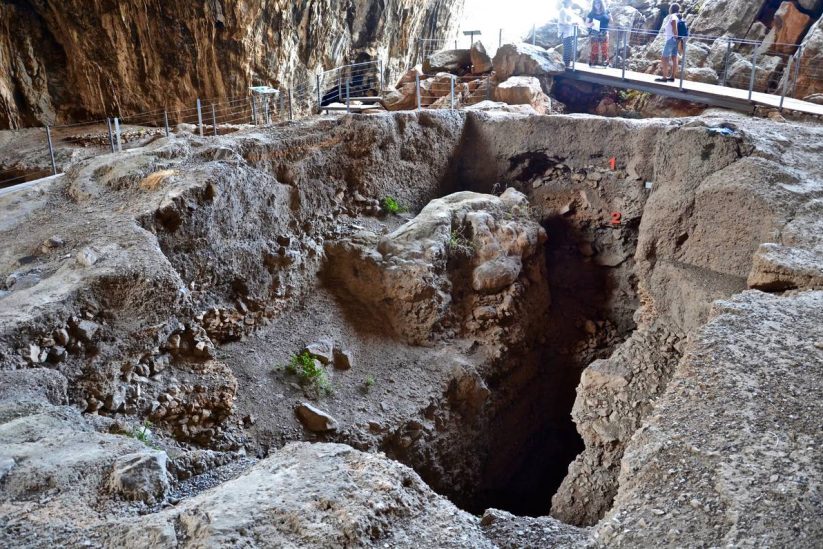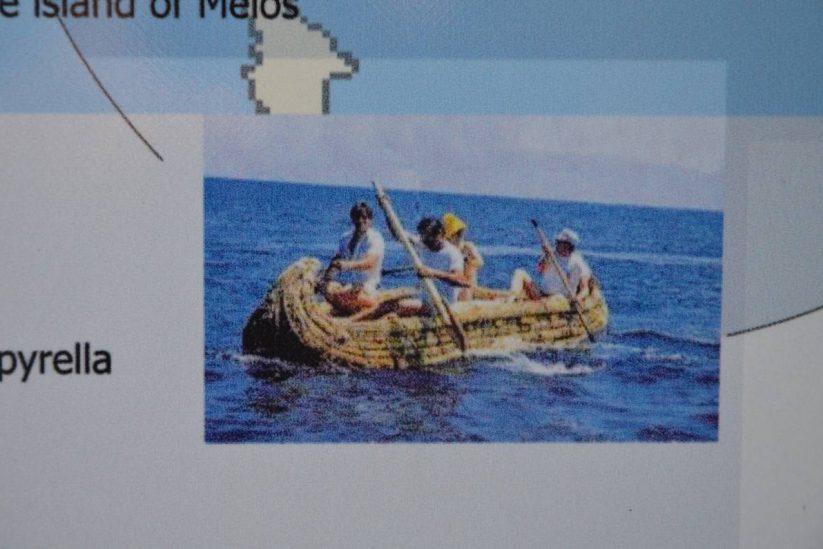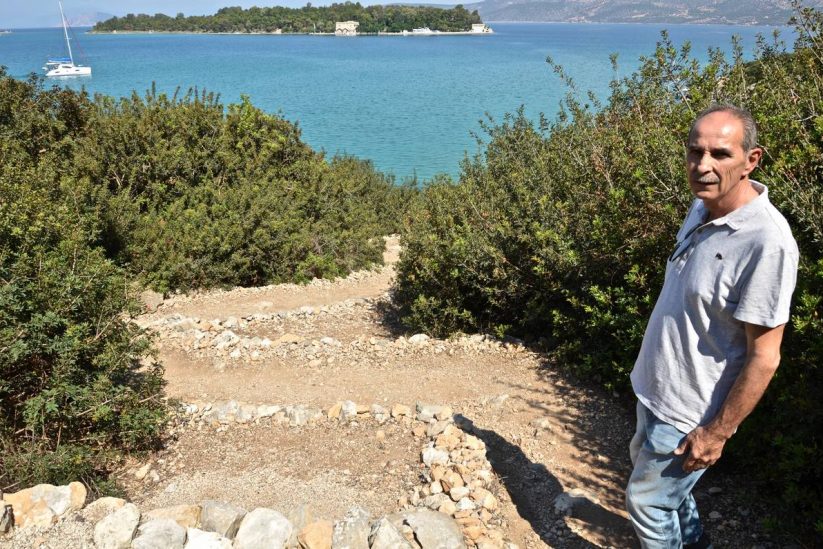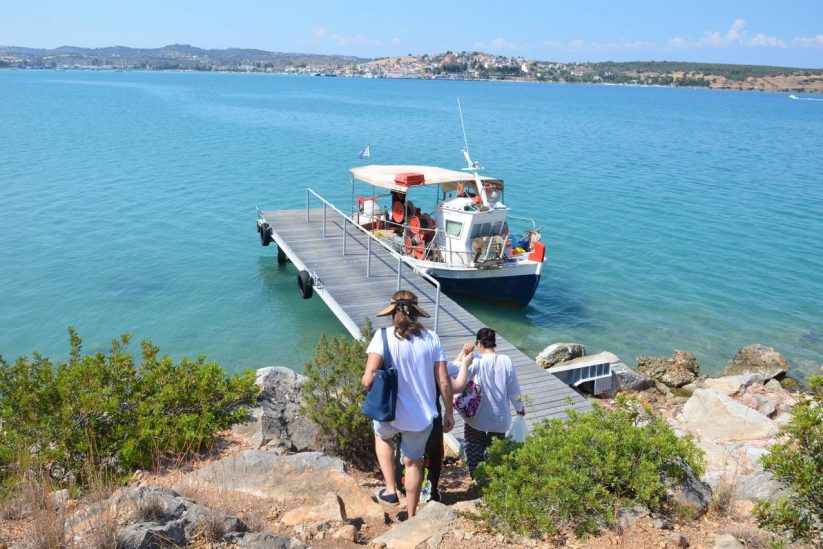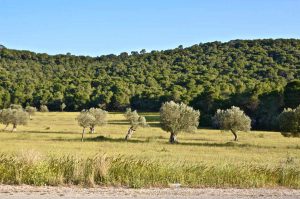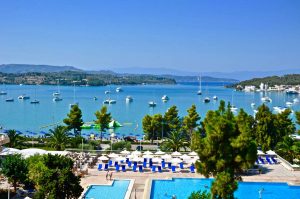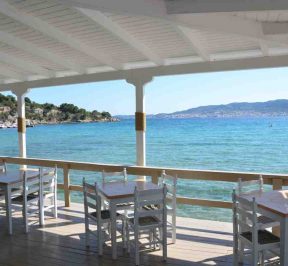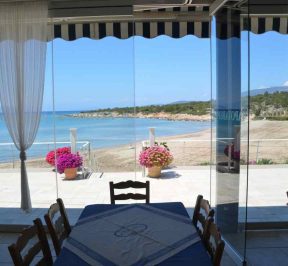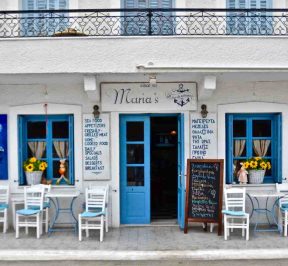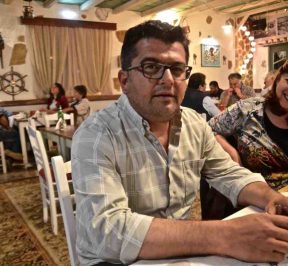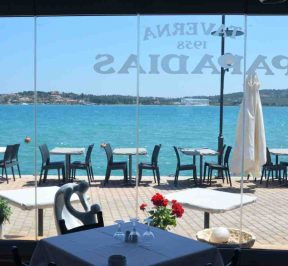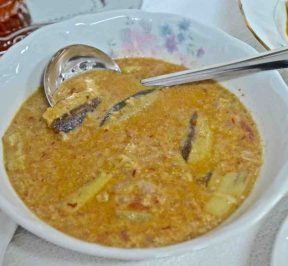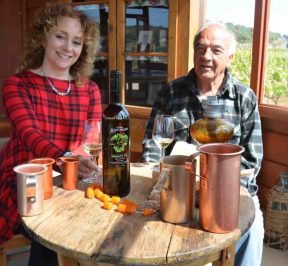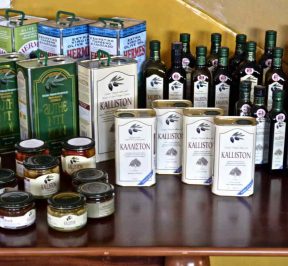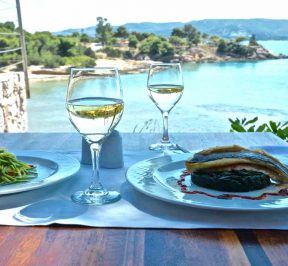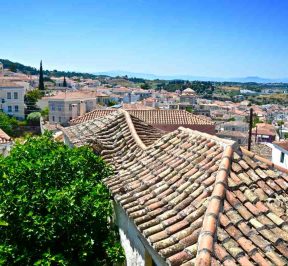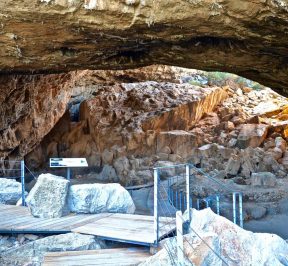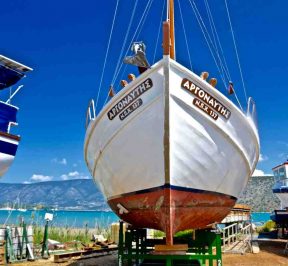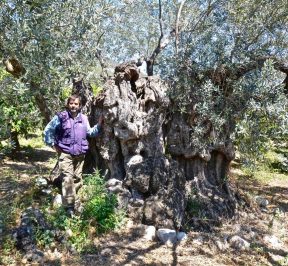Franghthi Cave
The Franghti cave, on the north shore of the Gulf Bay Hermione in the Peloponnese, is one of the most important caves in Europe and certainly in the Eastern Mediterranean.
Probably first inhabited by Neanderthal man, during the period 40.000 years BC, but certainly by Homo sapiens in the period after 30.000 BC. To date, 25.000 years have been explored through excavations and there is evidence that the cave was continuously inhabited from 20.000 to 3.000 BC. when it was torn down. The cave is one of the few places in Greece, where finds have been found that justify the continuous presence of life for 250 centuries!
The visit starts from a port of the Valley, with a boat that after a ten minute journey disembarks the visitors on the opposite shore. The length of the cave is about 150 m. And the maximum width of about 45 m. The deeply collapsed roof allows the entry of abundant light that reveals the huge boulders from the fallen part of the roof.
The archeological adventure began in 1967, when the young student then Adonis Kyrou (and later publisher of the newspaper Estia) as part of a school trip digging accidentally found prehistoric shells. Shortly afterwards, an international team of archaeologists led by geologists, botanists and zoologists led by Jacobsen began excavations that lasted until 1976, initially only inside the cave. The excavation in the Franghthi cave revealed a unique for Greek data sequence of ichthyological material that covers over 20.000 years. After all, this excavation is one of the first in the eastern Mediterranean to pay attention to ichthyological remains.
At Paleolithic and the Mesolithic period, Franghthi was a refuge for mobile hunters, foragers and fishermen, who used for their daily needs tools made of hard and sharp stones, such as flint and obsidian.
Η Mesolithic period is particularly important for the history of the cave, as it is associated with social and economic changes, such as offshore voyages, and the first signs of systematic fishing appear.
At Neolithic At that time, the Cave and the outdoor area were the activities of a community of farmers and stockbreeders, which maintained contacts with many areas of the southern Aegean.
See the big one tour of Franghthi cave with many photos and texts in the GGG article.

